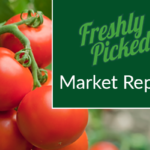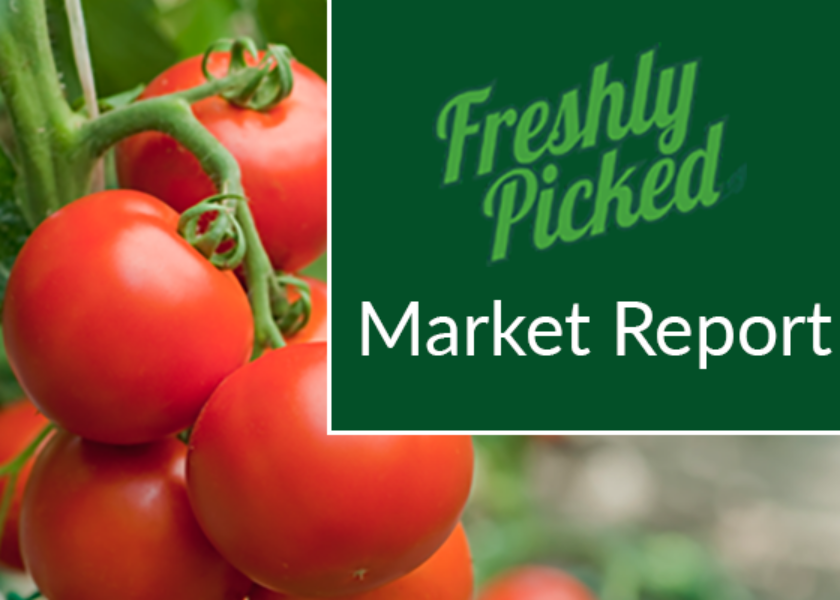Alerts & What’s Trending
- A Consolidated Guide to Foodservice Master Distribution Agreements
- 7 Top Ways for Restaurants to Streamline Order and Delivery
- How Restaurants Can Find Success in Saturated Digital Landscape
- Navigating the 2024 Restaurant Technology Landscape
- Maximizing Supply Chain Management in the Restaurant Industry
Produce

Increased demand, growing region transitions, and weather effects continue to negatively impact supplies on many commodities and are expected to remain elevated over the next several weeks. The full transition to Yuma has been fairly smooth this year. There hasn’t been any disruption in the supply chain for most commodities. Broccolini supplies will be very limited for the next two weeks as growers expect a gap in supply due to lower-than-expected production as they finish the Salinas growing region and lower yields out of Mexico caused by weather issues.
Grains
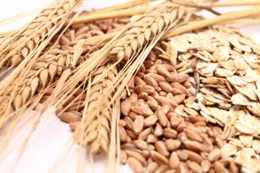
Although the week’s average for futures was little down overall, it ended the week strongly. The market’s trajectory was not significantly impacted by the USDA WASDE report. The ongoing dry spell is slowing down agricultural growth in South America. Canola seed saw an increase after dropping to six-week lows. With worries about El Nino, palm is higher.
Dairy

This week’s markets for shell eggs are up. Block and barrel sales are declining. It’s butter time. The prices for November’s Cream and Culture will be higher.
Beef
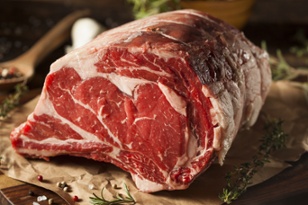
Following two weeks of substantial harvests and a decrease in the overall cutout, packers have reduced their output. Chuck rolls and the grind complex are the main causes of the recent decline in the beef market. Beef interest is lukewarm this season. The upper 2/3 or CAB product is still in a well-sold position.
Pork
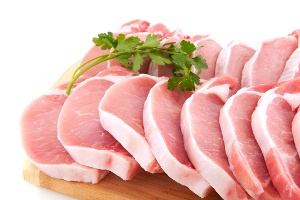
Even while there is some counter seasonal movement with butts, the demand for pork is still declining. Last week, we saw an upsurge in boneless butts and B/I along with some rekindled enthusiasm. Although currently trading sideways, ribs should start to move lower. Due of low demand, loins are declining. Bellies are also continuing to go downward.
Poultry

During the height of the chicken industry’s growth season, larger birds with greater yields are the outcome. The breasts are beginning to contract. There are open tenders. Demand for wings of all sizes has somewhat decreased. Demand for dark meat is still strong. Most birds as a whole are steady.
Seafood
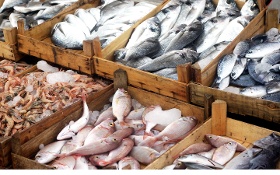
According to reports, Peru reopened its second anchovy season three days ago, although there is still a shortage. Although the market for imported shrimp is currently at all-time lows, prices should soon start to rise again. The market for tilapia is plateauing following issues with inventory. As the holidays approach, clam products should see an increase in use.


